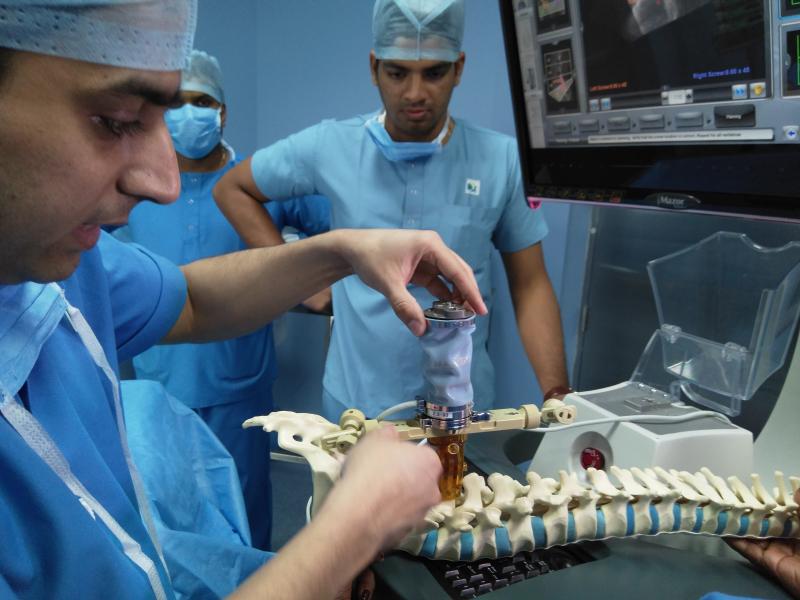×
The Standard e-Paper
Home To Bold Columnists

Emmanuel Gitau’s 16 years battle with kidney failure complications has been a journey of extraordinary grace and courage.
He has undergone three kidney transplants in India, which have all failed. His body started deforming as a result of the kidney failure.